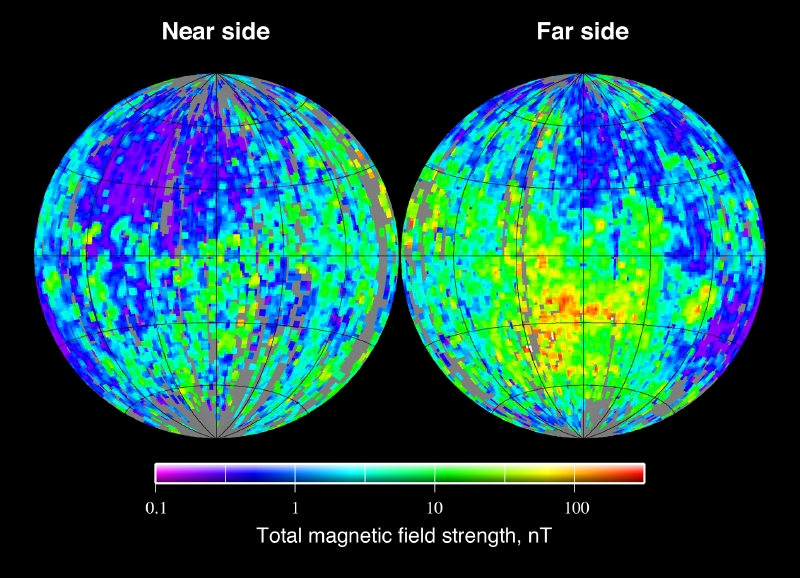I’ve been doing a lot of haphazard story-sniffing lately, and I noticed a common fragrance: scientists and engineers doing fascinating work on a microscopic budget. They’re not just scraping by with meager funding, they’re showing that cheaper projects can have real advantages. Here’s the first in a series of posts on the power of low-cost technology and the role it might play in the future of science.
As an undergrad, I took a tour of the neuroscience lab where I hoped to intern. The first thing my tour guide pointed out: how much the 3-tesla fMRI machine cost. (Hint: a whole lot.) Sure, the lab was proud to have the most powerful technology (grant) money could buy, but I was reminded of the first 30 seconds of the hospital sketch in Monty Python’s The Meaning of Life.
Science is full of unfathomable price tags, and NASA, with a 2013 budget of $17.7 billion, is an obvious leader on the machines-that-go-PING! front. But Ian Garrick-Bethell, assistant professor of earth and planetary sciences at UC Santa Cruz and serious lunar enthusiast, says there’s powerful science to be done on a dime… relatively speaking.
Garrick-Bethell is trying to account for the Moon’s mysterious magnetism. It has no global magnetic field like the Earth does, but consists of what renowned Berkeley physicist Bob Lin once called “a crazy-quilt of magnetic patches.”
We can take readings from magnetometers on satellites orbiting the Moon, but measuring magnetism directly from the surface would tell us more. And magnetometers aren’t costly pieces of equipment—every iPhone has one. As Garrick-Bethell explained: “If you slap some solar panels on a cell phone, and you have giant dishes on the ground, those giant dishes… can lock right onto the spacecraft and communicate with it.”
The problem is that slowing down a craft and landing it gently onto one of these interesting patches of the Moon is a costly engineering feat. So when Garrick-Bethell noticed that a team of Berkeley researchers was investing in CubeSats – small, inexpensive satellites measuring just ten cubic centimeters – he had an idea: “I said, ‘Well this would be great to crash into the the Moon, actually.’”
Now he has teamed up with Berkeley and enlisted the little CubeSat for what he calls “a kamikaze mission.” They’ll launch it into space, it will plummet toward the Moon at high speeds (we’re talking like 4,500 mph), then skim along the surface, transmitting information to Earth in real time. “We don’t care if we crash at the end, because we get our transect right at the surface of these magnetic anomalies,” he said.
The motto is low cost, high risk, and Garrick-Bethell is determined to show how meaningful science can be done in space for less than 10 million dollars. He says NASA’s Discovery program, founded in 1992, once reflected this ideal, but has since shifted toward slightly more costly and less risky projects. He wants to reduce the bureaucratic bloat of space exploration and promote missions managed in academia
The result of this technological shift, he says, will be more momentum for the study of the Moon and more public engagement in science. “If we can show that we can do space exploration for an order of magnitude less than other people think you can do it, that would just be so great.”
Stay tuned for part 2 of “Why Cheap Science?” in my February post!








Comments are closed.